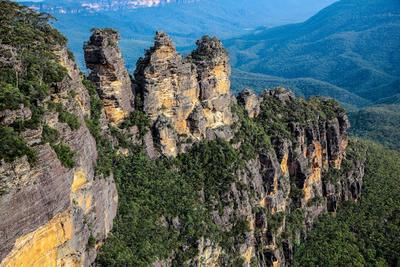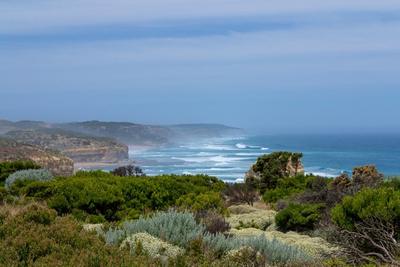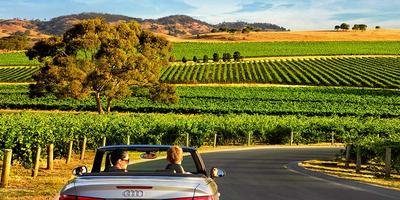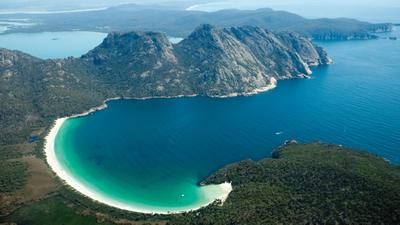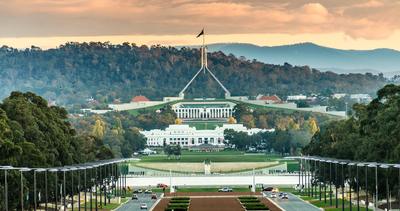Farmbuy FAQ
Frequently Asked Questions (FAQs) - Farms For Sale
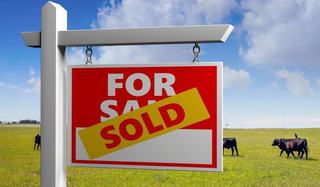

Farmbuy.com Answers Most Frequently Asked Questions About Farms For Sale Australia
Australia's leading specialist rural property for sale wesbite Farmbuy.com provides detailed answers to the most Frequently Asked Questions (FAQ's) about farms for sale Australia.
We have answers to questions about how to buy your first farm, how much it costs to buy a farm, how to get finance to buy a farm, how to make money on a farm, and lots more!
What Is A Lifestyle Farm: Farmbuy.com Buyers' Guide
There are more than 60,000 “small lifestyle farms” operating across Australia, occupying around 20 per cent of agricultural land, according to the Victorian Department of Primary Industries, and this percentage is only growing.
By definition, a lifestyle farm – also known as a farmlet or hobby farm – is a block of land primarily used for residential purposes and generally less than 50 hectares. Farming may occur on the block but is usually conducted on a small scale, more as a recreation activity than for serious commercial gain.
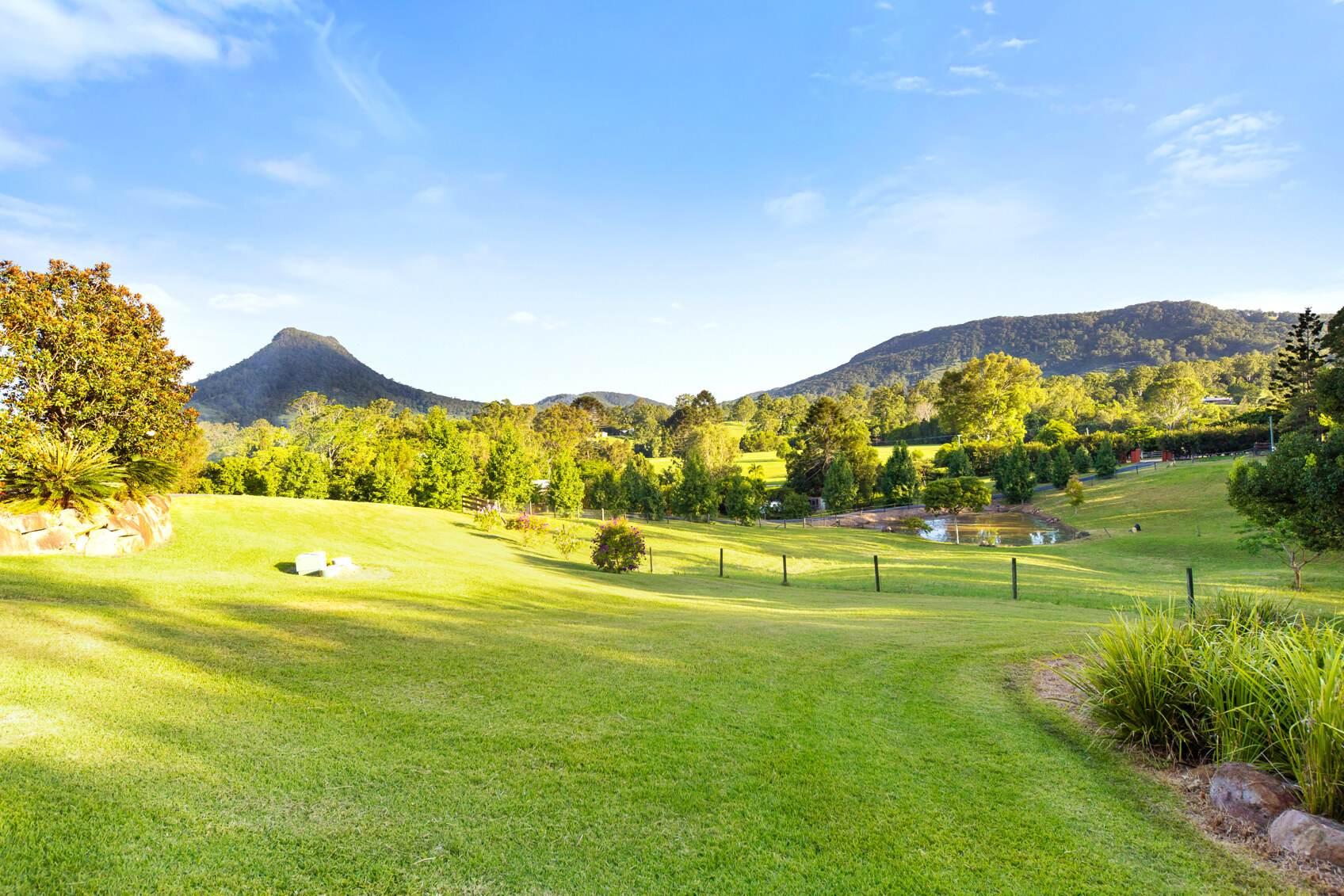
With rural property, the majority of financial institutions consider anything over 50 acres as “commercial”. Commercial loans can come with higher interest rates and a higher capital input from the purchaser. For instance, you might be required to raise 30 per cent of the value of the loan (LVR), so a $500,000 property could require you to have $150,000 (30 per cent) injection to a 70 per cent LVR.
From a tax perspective, the ATO says a lifestyle farm becomes a “business” – with associated tax liabilities and concessions – when at least one of the following four criteria has been met:
- Produce assessable income of at least $20,000 during the year;
- Make a profit in three of the past five years (including the current year);
- Use land and buildings (“real” property) valued at $500,000 or more; or
- Use other assets (tractor, machinery, but not cars) valued at $100,000 or more.
Buying A Lifestyle Farm For Sale: Research, More Research And Plan
Once you’ve decided to buy a lifestyle farm for sale, there are many things to consider.
Firstly, be clear on your objectives. Is your choice to buy a lifestyle farm based on lifestyle or income generation? If it’s lifestyle or hobby, then you’ll be looking at a smaller block of land - perhaps only 10 hectares. Consider what farming pursuits will be fulfilling for you. Keeping chickens to get free-range eggs, raising bees for honey, or growing your own fruit and vegetables can be satisfying.
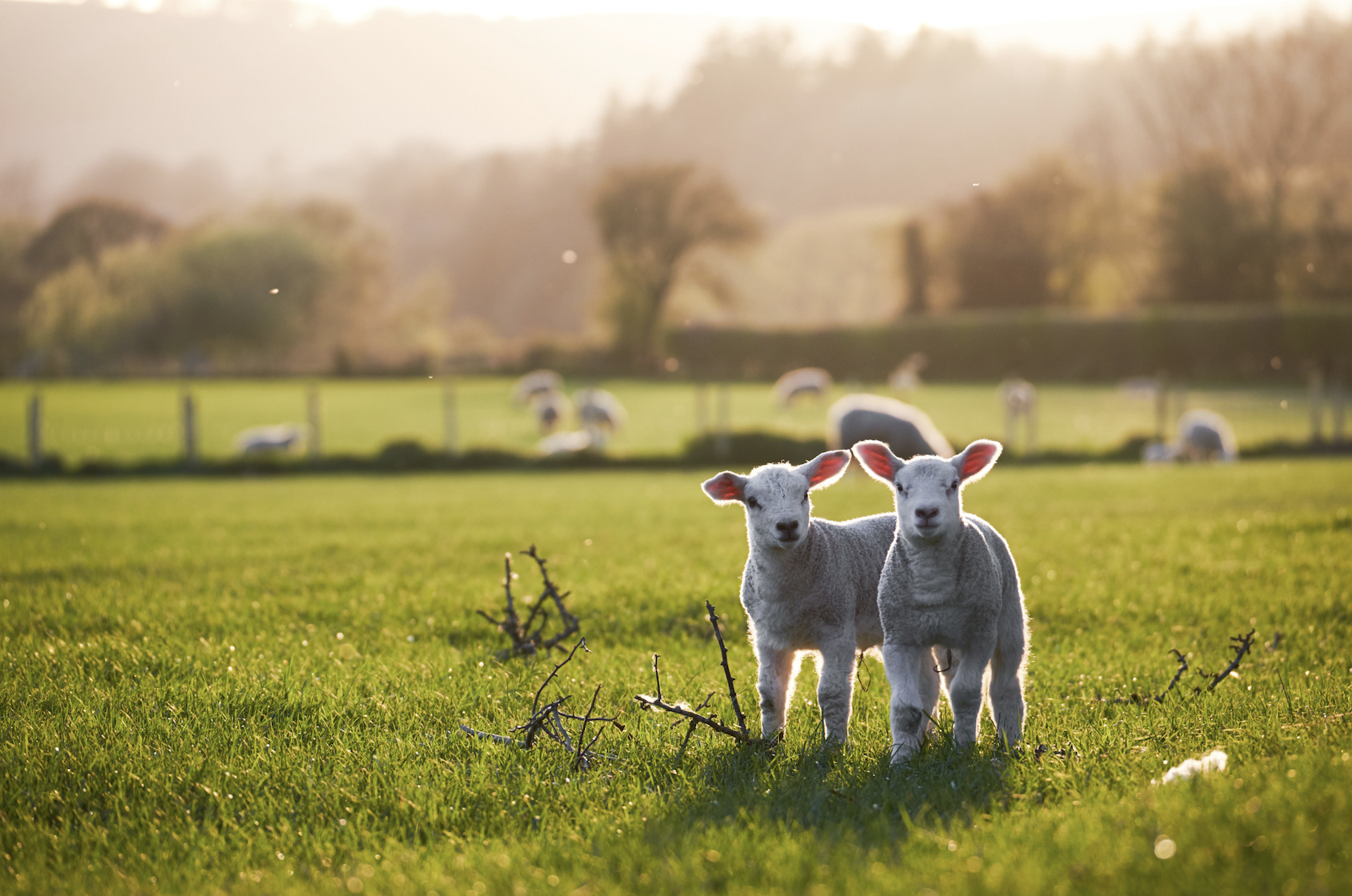
Your budget, the location and the climate will be important to consider when buying a lifestyle farm for sale, especially if you’re considering having livestock or growing crops. If you have decided on livestock, there are many types to consider, including cattle, sheep, goats and alpacas. You should also bear in mind that you may need to invest in infrastructure such as fencing, yards, barns and loading ramps may be required.
If crops are your preferred option, soil, irrigation and machinery are must all be considered.
Buying A Lifestyle Farm For Sale: Talk To The Experts
If you can get advice “straight from the horse’s mouth”, there is nothing better. Having a chat with someone who has bought a lifestyle farm beforehand can be invaluable and very reassuring. Ask around your local community for a contact who fits the brief. Your local real estate agent is also a great place to start.
You will find that the farming community in whatever region you choose to purchase your lifestyle farm is happy to help. Whether it’s during the research/planning stage or post purchase stage, never be afraid to ask for a hand.
Buying A Lifestyle Farm For Sale: Find The Right Agent
Finding the right real estate agent who specialises in lifestyle farms in very important. With the right brief an experienced rural agent can help guide you through the process and ensure there are no surprises post sale.
Buying A Lifestyle Farm For Sale: Due Diligence
Whatever your plans are, you need to do a due diligence process. Knowing your lifestyle farm’s distance from the nearest town or city will be very important if you’ll be undertaking part-time employment, and also for daily tasks like shopping or taking the kids to school. You also need to be aware of the quality of the local infrastructure like communications and roads.
Getting the right tax advice is a non-negotiable. You can visit the ATO website, but most of all you must get advice from a qualified tax advisor.
Buying A Lifestyle Farm For Sale: Financial Plan
Even if your primary goal for your lifestyle farm is for it to be a rural lifestyle property, you should still consider options for revenue generation. Like any investment, you should aim to minimise debt or, if possible, not incur debt at all.
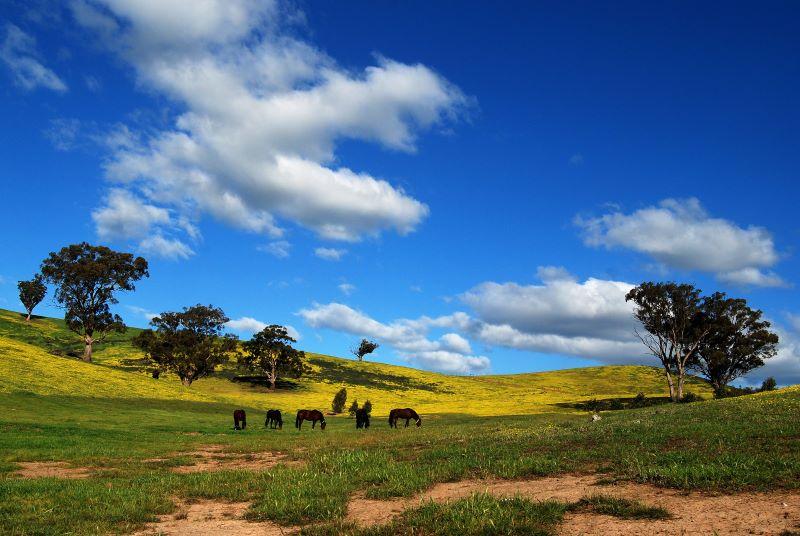
Creative solutions like making your property available for agistment are clever options that may help you to earn revenue in the early stages.
With the right plan and capital investment, buying a lifestyle farm should be a sound long-term investment.
Buying A Lifestyle Farm For Sale: The Outcome
Buying a lifestyle farm can be incredibly rewarding, life-changing experience. Some key things to remember includes not to take yourself too seriously - it takes time to gain farming experience.
Be mindful of your limits and get expert advice when you need it.
Profitability should be bonus not a must-have. And finally, commit to the local community they will be an excellent source of advice, support and friendship.
Search lifestyle farms for sale, farmlets for sale, hobby farms for sale in NSW
Search lifestyle farms for sale, farmlets for sale, hobby farms for sale in VIC
Search lifestyle farms for sale, farmlets for sale, hobby farms for sale in NT
Search lifestyle farms for sale, farmlets for sale, hobby farms for sale in QLD
Search lifestyle farms for sale, farmlets for sale, hobby farms for sale in SA
Search lifestyle farms for sale, farmlets for sale, hobby farms for sale in TAS
Search lifestyle farms for sale, farmlets for sale, hobby farms for sale in WA
What Is Broadacre Farming: Farmbuy.com Buyers' Guide
What Is Broadacre Farming: Definition
Broadacre is a term used, mainly in Australia, to describe farms that use extensive parcels of land to produce grains, oilseeds and other crops, especially wheat, barley, peas, sorghum, maize, hemp, safflower, sugar, and sunflower.
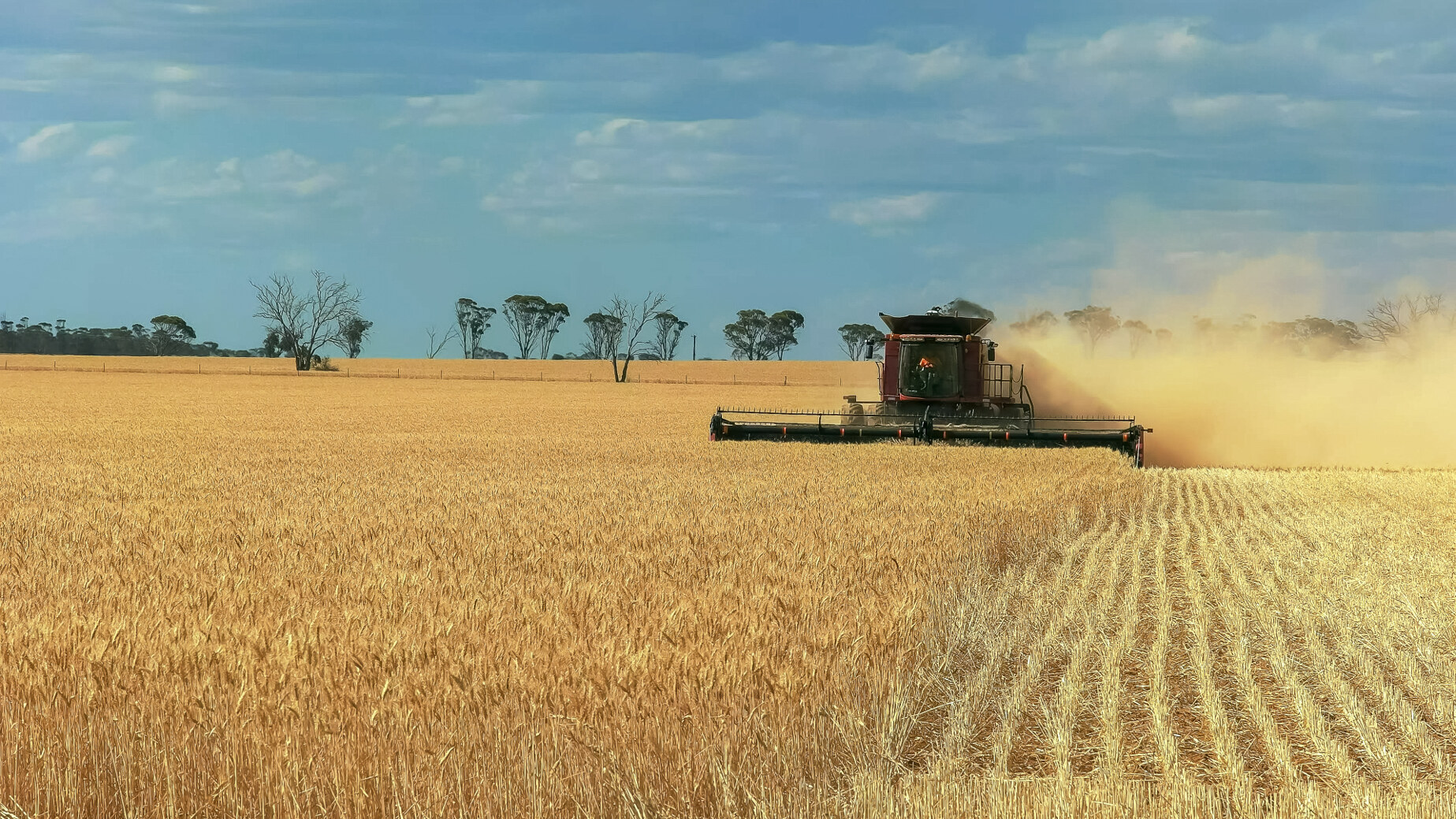
What Is Broadacre Farming: Key Statistics
According to the Australian Bureau of Statistics (ABS), in 2019-20 there were 28,800 businesses growing cereal and broadacre crops across 21 million hectares, producing 61 million tonnes of cereal and broadacre crops.
Wheat ranks as the largest broadacre crop in Australia with 14 million tonnes harvested in 2019-20, despite an 18 per cent drop in production from 2018-19 to its lowest level since 2007-08.
Other key cereal and broadacre crops in 2019-20 include:
- Barley: 10.1 million tonnes produced, up 15 per cent
- Canola: 2.3 million tonnes, down 3 per cent
- Oats: 1.1 million tonnes, up 1 per cent
- Sugar cane: 30.3 million tonnes, down 7 per cent.
Broadacre farm performance improved further in 2021-2 due to good seasonal conditions and higher commodity prices, according to the Australian Bureau of Agricultural and Resource Economics and Sciences (ABARES).
Average farm cash income for all broadacre farms is projected to increase by 34 per cent to $278,000 in 2021-22, around 56 per cent above the longer-term average of $178,000 per farm in real terms for the 10 years to 2020-21.
What Is Broadacre Farming: Outlook
Wheat
The gross value of wheat production is forecast to reach a record $12.3 billion in 2021-22, driven by record production and high prices, according to ABARES’ latest Agricultural Commodities Report.
However, the quality profile of the Australian crop was impacted by a wet harvest in parts of southern Queensland and most of New South Wales.

In 2022-23 production value is forecast to fall to around $9.5 billion as a result of a decline in local production and world wheat prices.
Over the medium term to 2026-27, ABARES says the key determinant of gross value of wheat production will be the climate outlook and the timing of average and poor seasonal conditions and their impact on both global and Australian production. Gross value is forecast to range from $5.8 to $9 billion.
Grains
The gross value of barley production is forecast to increase by 23 per cent to a record $3.8 billion in 2021-22, according to ABARES. The gross value of sorghum production is expected to rise to $880 million in 2021–22, more than double the five-year average to 2020-21.
These increases in value reflect record barley production and above-average sorghum production, coupled with high world grain prices.
In 2022-23, the value of barley and sorghum production is expected to soften but remain above average. The value of barley production is forecast to fall to $2.9 billion, and for sorghum to $535 million. Production is expected to decrease following two consecutive high-production years under an expectation of more average rainfall. High world prices are also expected to ease.
Over the outlook period to 2026-27, ABARES anticipates the value of barley production is forecast to range from $2.3 billion to $2.7 billion; and the value of sorghum production is forecast to range from $360 million to $470 million. The range of forecast outcomes are driven by fluctuating seasonal conditions and changes in world prices based on the pace of global economic recovery.
Oilseeds
Record production and prices supported the gross value of canola production to hit record levels in 2021-22, reaching $6.3 billion, according to ABARES. Record production reflects favourable Australian seasonal conditions, while record prices are driven by tight global supply.
In 2022-23, the gross value of canola production is forecast to fall to $3.5 billion, driven by prices and production both falling from record levels. The canola price is expected to be the second-highest price on record, due to tight world supply of canola, despite global production returning to normal levels in 2022-23.
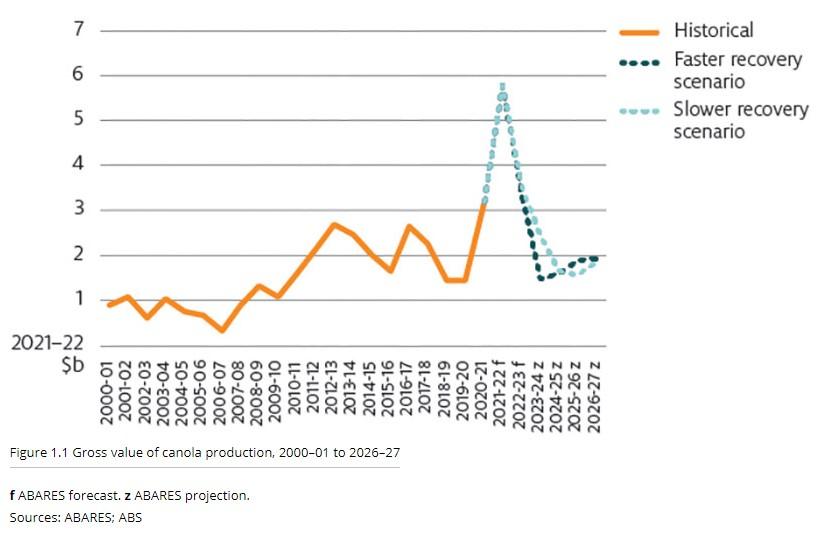
Over the medium term to 2026-27, the gross value of Australian canola production is expected to be significantly lower (averaging around $2 billion), primarily due to prices falling to long-term averages as the world canola supply continues to increase, ABARES suggests.
To check out almost 350 cropping and mixed farming farms currently for sale on farmbuy.com click here.
What Is Horticulture Farming: A Farmbuy.com Guide
Australia’s horticulture industry comprises fruit, vegetables, nuts, flowers, turf and nursery products.
According to the Department of Agriculture, Water and Environment (AWE), the industry operates in a highly competitive domestic and international market, is labour intensive and mostly seasonal.
The horticulture industry also contributes significantly to the prosperity of people living in rural and regional Australia, AWE says, noting that in 2019-20 the horticulture sector overall exceeded $15 billion in production value and employed more than 60,000 people.
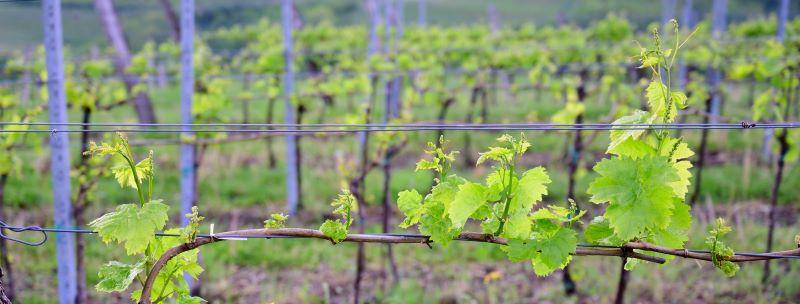
AWE says Australia’s horticulture industry has long enjoyed a domestic and international reputation as a sustainable producer of premium safe food—primarily due to our high standards across all stages of the supply chain, from farm to consumer.
It comprises mainly small-scale family farms—however, there is a growing trend towards medium- to larger-scale operations.
The major horticulture growing areas in Australia include:
- Goulburn Valley of Victoria
- Murrumbidgee Irrigation Area of New South Wales
- Sunraysia district of Victoria and New South Wales
- Riverland region of South Australia
- Northern Tasmania
- South-west Western Australia
- The coastal strip of both northern New South Wales and Queensland.
To check out almost 80 horticulture properties currently for sale on farmbuy.com click here.
What Is Livestock Farming: A Farmbuy.com Guide
Livestock farming involves the animal health and land management for cattle, sheep, pigs, poultry and horses.
The red meat and livestock industry (excluding pigs and poultry) makes a significant contribution to the Australian economy.
According to industry body Meat & Livestock Australia (MLA), the red meat and livestock industry contributed $17.6 billion to Gross Domestic Product (GDP) – or 1.4 per cent of Australia’s key industry GDP – in 2018-19, 1 per cent higher year-on-year and up 89 per cent from 2013-14.
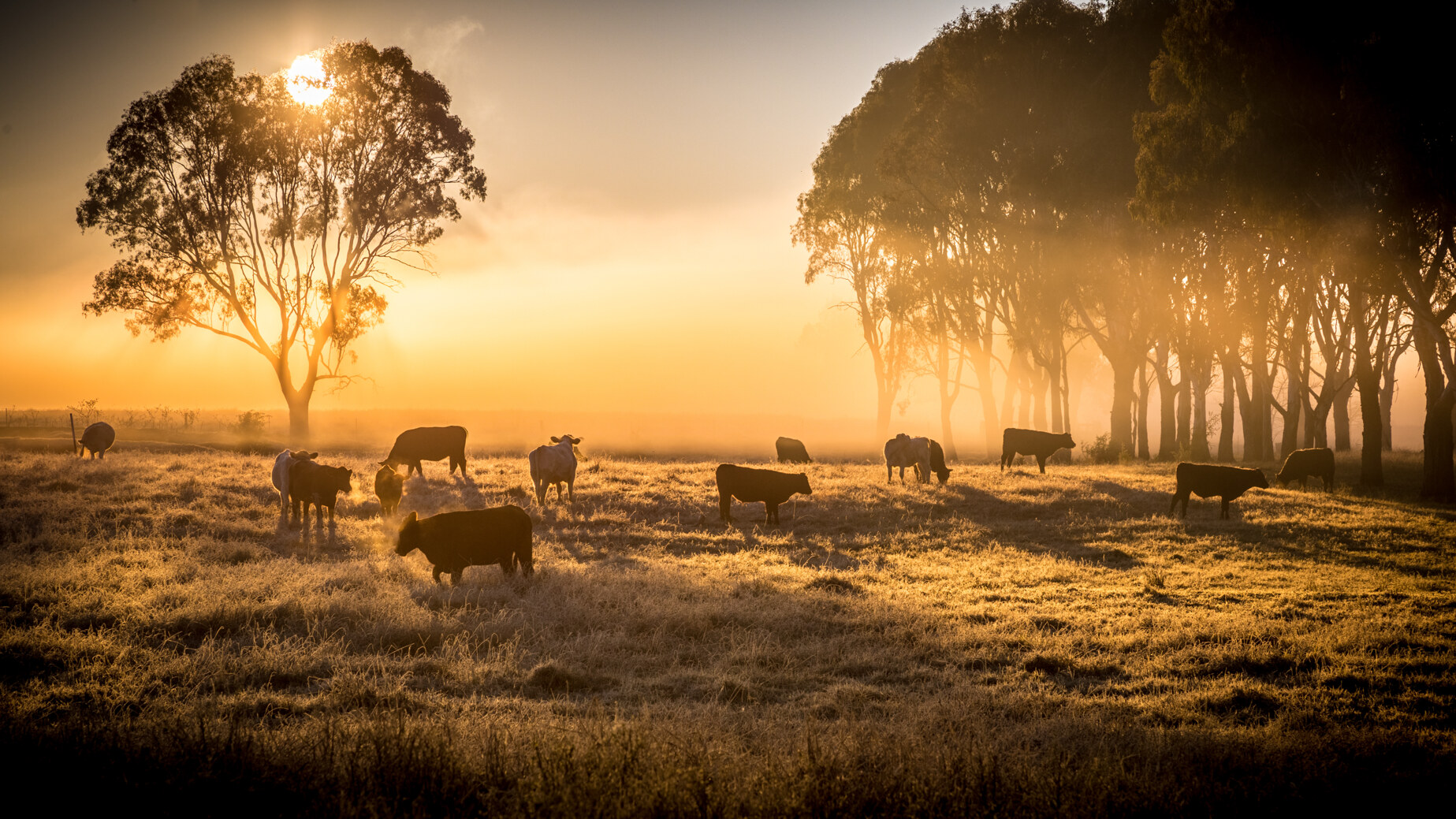
Red meat and livestock exports were valued at $16.3 billion, an increase of 16 per cent year-on year and 43 per cent higher than 2013-14 levels.
The Australian red meat and livestock industry created (direct and indirect) employment for approximately 434,000 people, according to MLA.
To read more on the outlook for the cattle, sheep, goat, pig and horse livestock sectors click on the following links:
To check out more than 130 livestock properties currently for sale on farmbuy.com click here.
What Is Mixed Farming: Farmbuy.com Buyers' Guide
Mixed farming involves livestock and cropping operations on the same farm and covers approximately 47 million hectares of farmland in southern and western Australia.
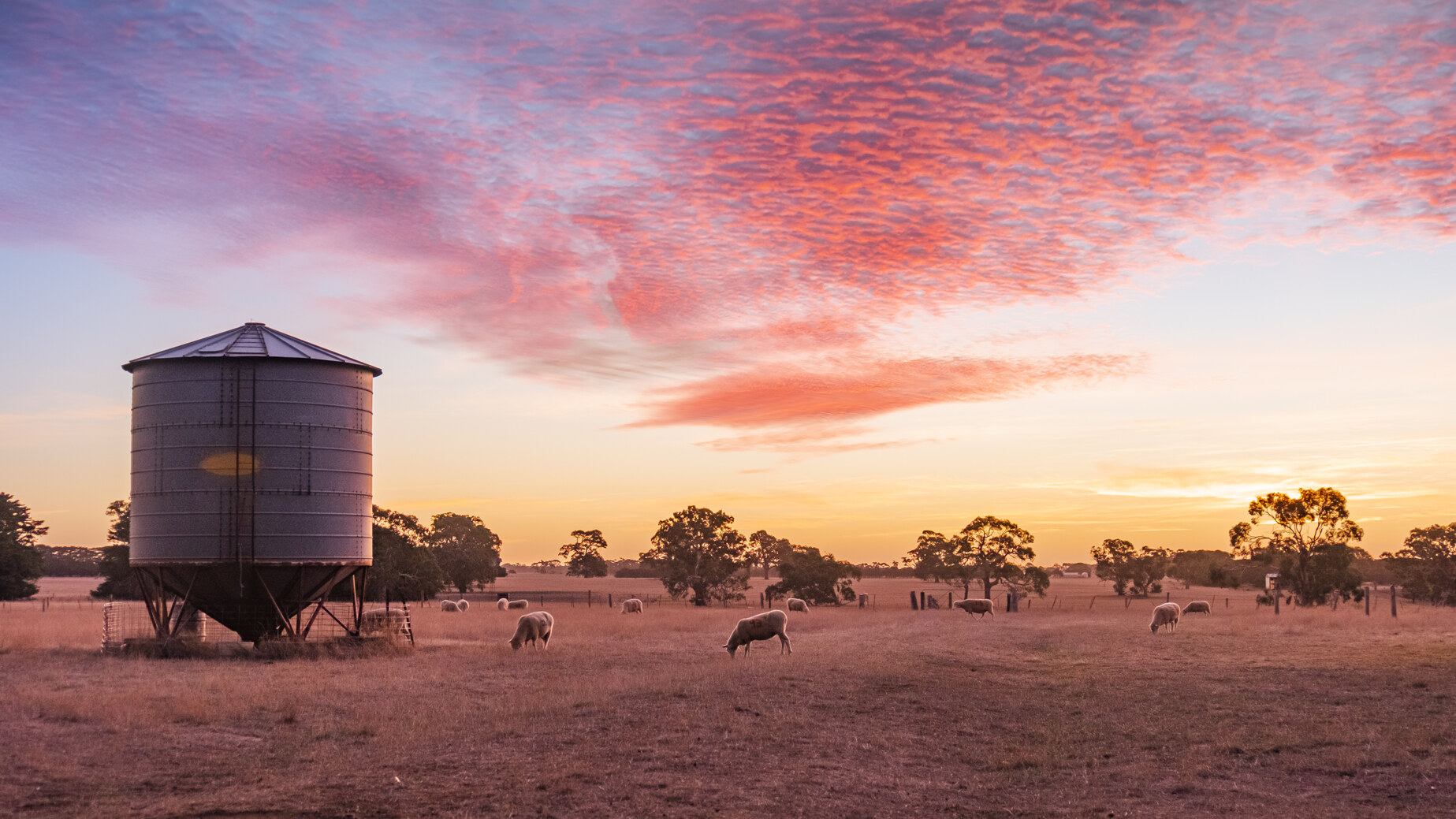
Advantages of mixed farming include:
- Farmers can keep their fields under continuous production;
- It enhances the productivity of the farmland;
- It increases the per capita profitability;
- Both farming activities complement each other;
- It enhances the productivity of the farmer also; and
- Reduces dependency on external inputs and costs.
Click on the following links for more information on the outlook for the cattle livestock and sheep livestock sectors.
To check out more than 150 mixed farming enterprises currently for sale on farmbuy.com click here.
Farmbuy.com's Guide To Buying A Farm
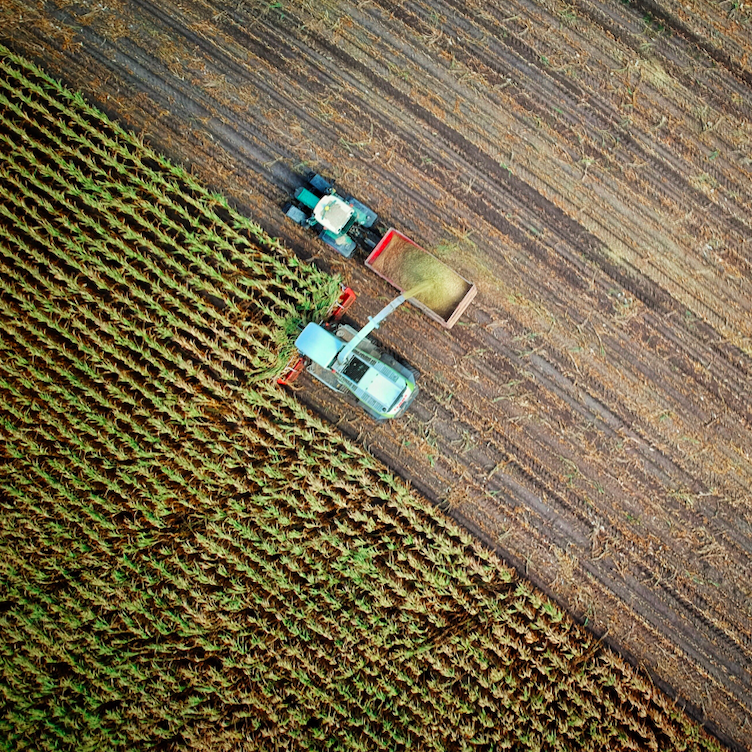
Buying a farm can be rewarding, but if you do not have the skills and knowledge to look after the land and livestock properly, the dream can turn into a nightmare. You should realistically and honestly consider the following questions when buying a farm, according to The Rural Living Handbook, produced by NSW government agency Local Land Services.
- Are you buying the property more for lifestyle reasons? Or do you plan to improve the property and receive an income from it? If so, have you done a cost‑benefit analysis?
- Is the activity you plan for the property suited to the landscape and capability of the land? Is there enough water of suitable quality to sustain the activity that you have in mind? Is the soil fertile and the pH appropriate for growing pasture, crops and any other produce that you want to grow?
- Are there any existing conservation agreements or covenants, vegetation management plans or conditions of consent over part/s of the property?
- Are there good quality pastures? Are they dominated by native or introduced species? Is there enough shade and water for stock?
- Does the zoning of the land allow your proposed use, or will you need to apply for a change of land use or any other permit? If there is no existing dwelling and you want one, does the land have a dwelling entitlement?
- Do you know the history of the property? What stock did the previous owner have? Did they sow pastures and use fertilisers? Are there any contaminated sites on the property such as cattle dips or rubbish dumps needing remediation?
- Are there any structures on the property and if so, what condition are they in? Are the fences in good repair and suitable for confining stock if that is part of your plan?
- Are there existing or proposed adjacent land uses that will affect your enjoyment of the property?
- Are all required services provided to the property (ie phone, gas, water, sewer, internet and electricity)? If not, can they be provided economically?
For a more comprehensive list of the key questions to consider when buying a farm click here.
To check out more than 3,000 farms and rural properties currently for sale visit farmbuy.com.
Where are most dairy farms located in Australia?
Australia’s 5,700 dairy farms are spread across eight unique dairying regions throughout Victoria, South Australia, New South Wales, Queensland, Tasmania and Western Australia, according to Dairy Australia.
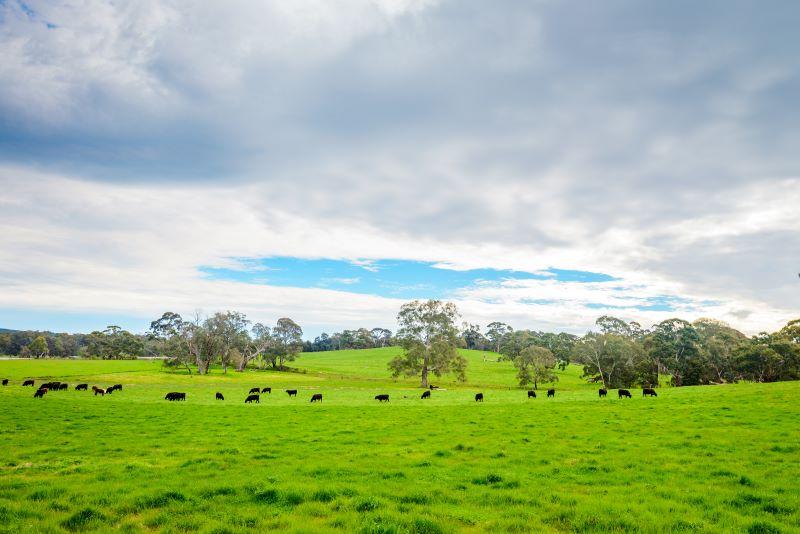
By far the largest is the area comprising the Murray Region, Northern Victoria and Southern NSW, which has approximately 1,372 farms, 350,000 cows and annual milk production of around 2.074 billion litres – 22 per cent of the national output.
Second is the Gippsland region of Victoria, which is home to an estimated 1,324 farms and 334,000 cows responsible for producing around 1.987 billion litres of milk per annum – or 21 per cent of national production.
In third spot is Western Victoria. This region’s estimated 1,274 dairy farms house some 347,000 cows and produce approximately 2.066 billion litres of milk a year (22 per cent of national production).
For more information click on the following link to read farmbuy.com’s Guide To Buying Dairy Farms For Sale Victoria - including the latest dairy farms for sale Victoria.
Where Is The Best Place To Buy A Farm In Australia: Farmbuy.com Buyers' Guide
Increased interested in rural and regional living has been a major by-product of the COVID-19 pandemic, and a question we’ve received a lot recently here at farmbuy.com is “Where is the best place to buy a farm in Australia?”
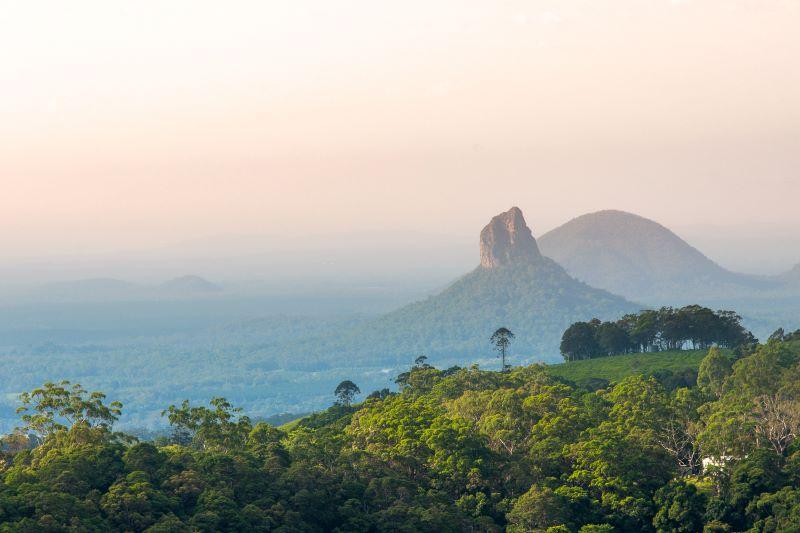
Above: The Sunshine Coast is among the most expensive places to buy farmland for sale in Australia
Below are some key things to consider when looking to choose where is the best place to buy a farm.
- First ask yourself why you want to become a farmer. Is it for lifestyle reasons? Or do you want to receive an income from it? If it’s for lifestyle reasons, do you need to be close to your primary place of work – or can you work remotely?
- Will you be living on the property? If not, how often do you plan to be there? Have you thought about how quickly you could attend to situations that might arise?
- What are you going to produce? Is your interest in animals or plants? Some regions in Australia will be more suitable for your move than others. For example, the Upper Hunter in NSW is a fantastic region for thoroughbred horse breeding and most properties will have infrastructure in place suited to the horse industry. Meanwhile, Moree and Narrabri are great regions for cotton, due to their rich black soil plains and water access. There are also areas of Australia that are more suitable for sheep and cattle versus dairy.
- Also consider proximity to markets; if you’re buying a horticultural block such as a stone fruit orchard, how far does the fruit have to be transported before it can be sold?
- As with buying any property, a budget has to be considered. Farmland prices vary widely – from as low as $94 per hectare in the central-west New South Wales town of Cobar, to over $20,000 per hectare on Queensland’s Sunshine Coast and SA’s Adelaide Hills.
To view more than 3,000 farms and rural properties currently for sale on farmbuy.com click on the following links.
Cheapest Farm Land For Sale in Australia Revealed
Cobar – a base metals and gold mining town in central-west New South Wales – is the cheapest place to buy farm land in Australia, according to the 2021 Rural Bank Farmland Values Report.
The report found the median price per hectare of farmland in the town was $94 in 2020, up an average of 4 per cent per annum over the past five years.
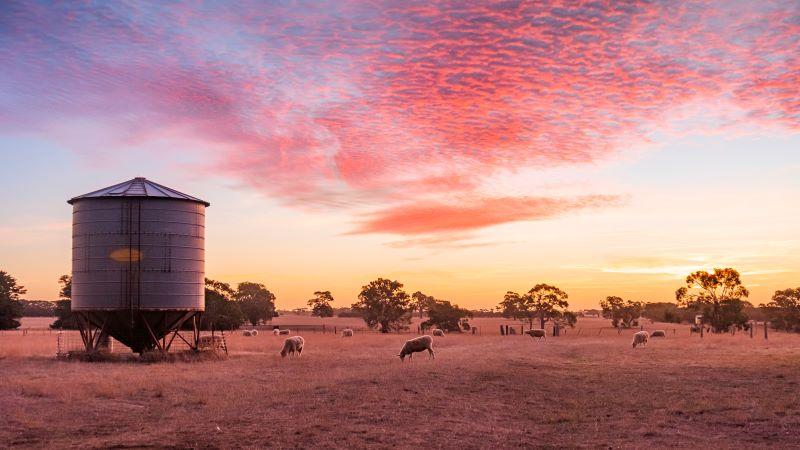
Next cheapest is the western Queensland town of Quilpie ($103/ha); followed by the central-west Queensland town of Boulia ($113/ha); Central Darling ($148/ha) in far-west NSW; and Murweh ($191/ha) in south-west Queensland.
Click on the following link to read more on the cheapest farm land for sale in Australia.
Cheapest Farm Land For Sale in NSW Revealed
Cobar – situated approximately 712 kilometres from Sydney in central-west New South Wales – is the cheapest place to buy farm land in NSW, according to the 2021 Rural Bank Farmland Values Report.
The report found the median price per hectare of farmland in the town was $94 in 2020, up an average of 4 per cent per annum over the past five years. This compares with a state-wide average of $5,855/ha, up an average of 12.2 per cent over the past five years.

Next in the cheapest land for sale NSW was the far-west region of Central Darling ($148/ha), which encompasses the towns of Ivanhoe, Menindee, Wilcannia and White Cliffs, followed by Bourke ($198/ha) and Brewarrina ($240/ha) in the north-west of the state, and Hay ($357/ha) in the Riverina region of south-west NSW.
Click on the following link to read more on the cheapest farm land for sale in Australia.
